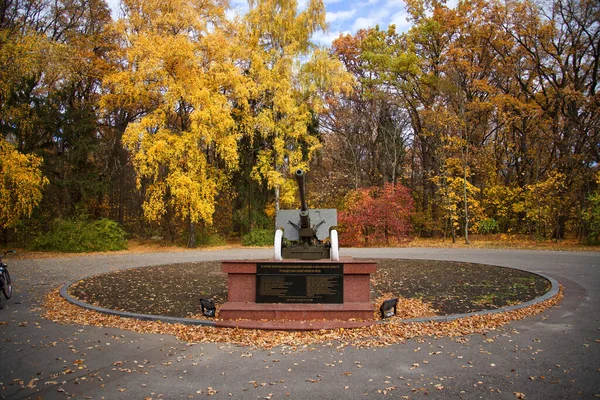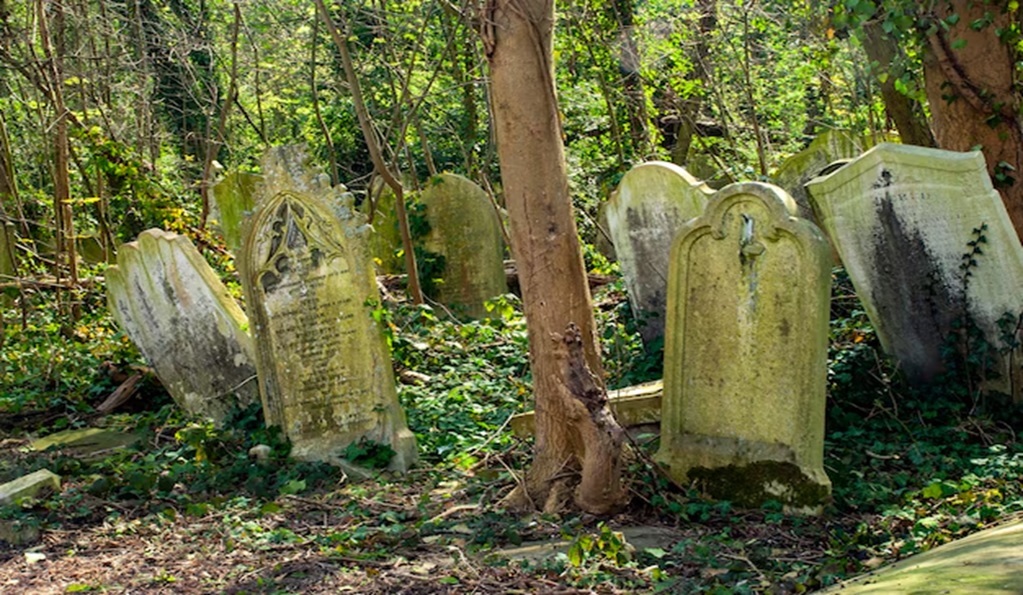Memorialization plays a crucial role in preserving family history and honoring the memories of loved ones. It allows families to create lasting tributes that celebrate lives lived and maintain connections across generations. By understanding the significance of memorialization, families can ensure that their heritage is preserved and shared with future generations. This article explores the various aspects of memorialization, its emotional benefits, and the tangible ways to honor those who have passed.
Understanding Memorialization
Memorialization refers to the act of commemorating and preserving the memories of individuals who have passed away. This can take many forms, including physical memorials like gravestones, plaques, and monuments, as well as personal practices such as storytelling and family gatherings. The purpose of memorialization is to create a lasting tribute that honors the deceased while providing comfort and closure to the living.
The Emotional Benefits of Memorialization
Memorialization offers significant emotional benefits to those who are grieving. Engaging in the process of honoring a loved one can help individuals cope with their loss and facilitate healing. By creating a tangible representation of their loved one, families can find solace in knowing that their memories will be preserved.
Creating Lasting Memorials

One of the most common ways to memorialize a loved one is through physical markers, such as gravesite headstones. These monuments serve as permanent reminders of the individual’s life and can be personalized to reflect their personality, interests, and values. Families can choose inscriptions, symbols, and designs that capture the essence of their loved one, making the memorial unique and meaningful. In addition to headstones, families can consider other forms of memorialization, such as planting trees or gardens in memory of the deceased. These living memorials not only honor the individual but also contribute to the environment, creating a lasting legacy that can be enjoyed by future generations.
The Role of Storytelling in Memorialization
Storytelling is a powerful tool for preserving family history and honoring the memories of loved ones. Sharing anecdotes, lessons, and experiences related to the deceased can help keep their spirit alive within the family. This practice not only reinforces connections among family members but also ensures that the legacy of the individual is passed down through generations.
Commemorative Practices and Rituals
Incorporating commemorative practices and rituals into memorialization can enhance the experience of honoring a loved one. Families can establish annual traditions, such as visiting the gravesite on significant dates or holding family gatherings to celebrate the deceased’s life. These rituals provide an opportunity for reflection and connection, reinforcing the bonds among family members. Additionally, families can engage in charitable acts in memory of their loved one, such as donating to a cause they were passionate about or volunteering in their honor. These actions not only pay tribute to the individual but also create a positive impact in the community, ensuring that their legacy continues to live on.
Conclusion
Memorialization is an essential aspect of preserving family history and honoring the memories of loved ones. By creating lasting tributes, engaging in storytelling, and incorporating commemorative practices, families can ensure that their heritage is celebrated and passed down through generations. The emotional benefits of memorialization provide comfort and healing during times of grief, fostering connections among family members and reinforcing the importance of shared memories. Ultimately, memorialization serves as a powerful reminder of the impact individuals have on our lives, allowing their legacies to endure long after they are gone.




